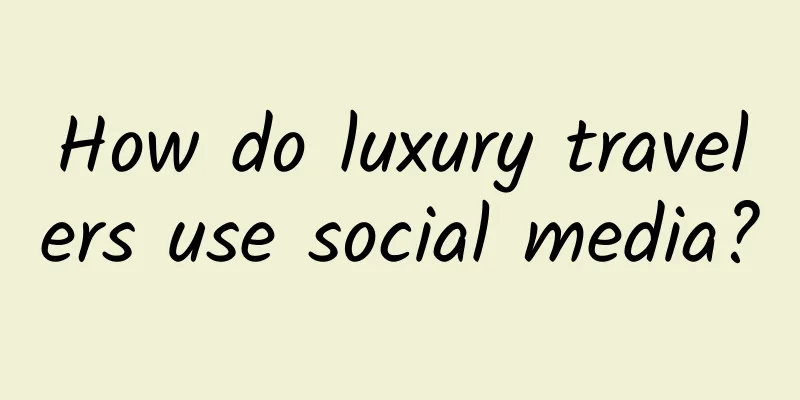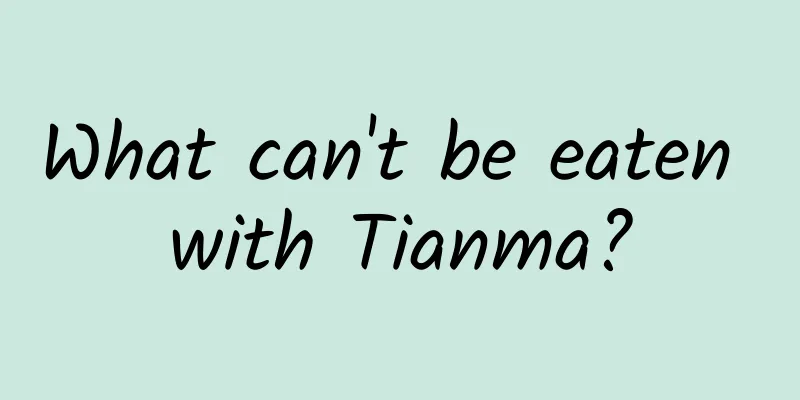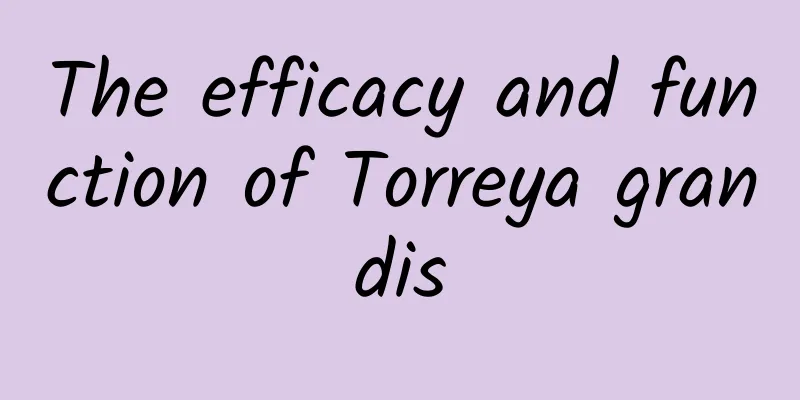How do luxury travelers use social media?

|
According to a survey by Brand Karma and International Luxury Travel Market, TripAdvisor accounts for 61% of user reviews of luxury hotels in the United States and 53% of reviews worldwide. The study surveyed luxury travelers about their experiences at more than 2,000 hotels around the world. Luxury is Instagrammable For millennials, being able to instantly share their travel experiences in the form of photos or videos is a very important requirement when making choices. As millennials get older and wealthier, they will tend to choose luxury hotels that offer unique and easily shareable experiences to ensure that they gain attention on social networks. Future luxury consumption hotspots Globally, hot spots for luxury consumption are shifting southwards and eastwards, especially to the Middle East, Asia-Pacific and Latin America. Luxury travel hotspots or destinations also tend to have a higher than average number of luxury hotel reviews on social networks. While luxury travel destinations such as Paris and Las Vegas are still trying to attract tourists, emerging destinations such as Abu Dhabi, Da Nang, Lima, etc. have attracted more attention and their appearance on social media has increased dramatically. The map below shows the current and future distribution of luxury travel hotspots. The current hotspots are calculated based on the number of luxury hotel reviews in a destination since 2011, and the future hotspots show the areas with the fastest year-over-year growth in luxury hotel reviews. Luxury Hotels’ Secret Weapon for Social Media Marketing The survey said that almost all of the top-ranked luxury hotels share a common exposure pattern. • The luxury hotel must have at least 5,000 Facebook “likes”, an average rating of at least 4.5 stars on TripAdvisor, and a strong presence on major photo or video sharing sites such as Instagram, Youtube, and Pinterest. The survey report also said that the above are the minimum standards for luxury hotels to gain a social media presence. Opportunities in Latin America In 2013, Latin America will have 278 million Internet users, surpassing North America and Europe. In June 2012, 33% of Internet users in Latin America’s largest countries visited an online travel site. The five countries with the highest social media participation in the world are all from Latin America: Argentina has an average of 10.7 hours per person per month; Chile is 9.5 hours; Peru is 8.7 hours; Colombia is 7.6 hours; and Mexico is 7.1 hours. Hotels in Latin America have not made a big push on social media sites like YouTube and Pinterest. However, luxury hotels in Latin America have started to pay attention to photo and video sharing apps like Vine and Instagram Video, which are highly used by consumers in the region. The Difference Between North American and Latin American Luxury Travelers North American travelers seek exploratory travel, while Latin American travelers have higher requirements for product functionality, that is, exquisite room products and first-class restaurants. North American customers are more verbose—their hotel reviews are nearly twice as long as those of Latin American guests. North American customers are more likely to post reviews on Mondays, while Latin American customers tend to post on Tuesdays. Despite these differences, Facebook and TripAdvisor are the most used social travel sites in both regions. Between January 2011 and June 2013, North American luxury travelers’ social media posts increased 130 percent, while those of Latin American luxury travelers grew 304 percent. However, satisfaction among these travelers is steadily improving: Brand Karma's social satisfaction test showed a 43% increase in satisfaction among Portuguese-speaking guests, a 14% increase among Spanish-speaking guests and a 4% increase among English-speaking guests. TripAdvisor remains the leader in luxury hotel review sites, but Chinese travel sites are on the rise TripAdvisor contributes 61% of the number of user reviews for luxury hotels in the United States and 53% worldwide. This website is also the largest review site in the luxury hotel field. For American hotels, Hotels.com, Expedia and Orbitz are still the main channels for online reviews. However, several major Chinese booking and review sites such as Ctrip, Qunar and Dianping now contribute 15% of the global reviews of luxury hotels. Although the number of reviews of U.S. hotels on Chinese websites is small, given that China is now the world's largest outbound tourist country, this proportion is expected to continue to grow over the next 18 months. Online reviews and social media engagement According to the survey, the social media health of luxury travel brands can be seen from the number of positive reviews or shares on two channels: online review sites such as TripAdvisor and social networks such as Facebook. The map below shows the regional distribution of users who write reviews for luxury hotels. North American users and European users take the top two spots at 47% and 27%, respectively, and of the 27% of European users, 20% are British. Let's look at the data on social networks. The luxury hotels with the most "likes" on Facebook are in the Middle East, with 12,062 likes. The higher review contribution ratio in the United States and Europe does not mean higher social media engagement. Research Methodology • This article is based on a Brand Karma survey conducted between January 2010 and June 2013 of reviews, photos, and videos posted on social media and travel review sites by luxury travelers from the United States and other countries. • The data used in the report is based on a sample of more than 550,000 reviews from more than 2,000 luxury hotels around the world. via: traveldaily |
<<: eDigitalResearch: Mobile phone users are shopping less and less offline
>>: comScore: LivingSocial desktop traffic plummeted 42% year-on-year in September 2013
Recommend
What are the effects of orange seeds
Tangerine seeds are relatively unfamiliar to many...
The efficacy and function of star anise
Star anise is a very common Chinese medicine and ...
You may not know that there was also glass in ancient China.
"Most beautiful things are not solid, colorf...
The number one vegetable in autumn and winter, why does it unite the stomachs of both the north and the south?
Stocking up on radishes means stocking up on the ...
14 Benefits and Uses of Gardenia
I believe everyone has seen gardenia. Although it...
The efficacy and function of Elsholtzia scabra
Many people are not very clear about the effects ...
Plantago can be antibacterial and anti-inflammatory, with little side effects on the human body
Plantain seeds are the seeds of plantain, which i...
The efficacy and function of moon grass
Most of the effects and functions of the moon gra...
From "St. Anthony's Fire" to cultivation in saline-alkali land, how did wheat change humanity?
The author of the winning work of the 2023 "...
What are the effects and methods of eating angelica?
As we all know, Angelica sinensis is a very good ...
Flex your fingers every day and take home the Nobel Prize
There is a way to show off your power at the lowe...
How did the ancients prevent fire during the Qin and Han dynasties?
The Qin and Han dynasties are collectively known ...
How to learn Chinese medicine by yourself
Traditional Chinese medicine is the medicine of u...









